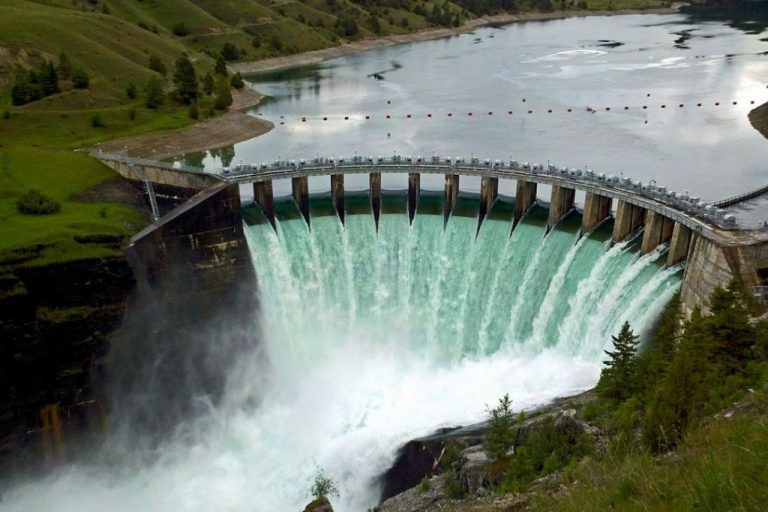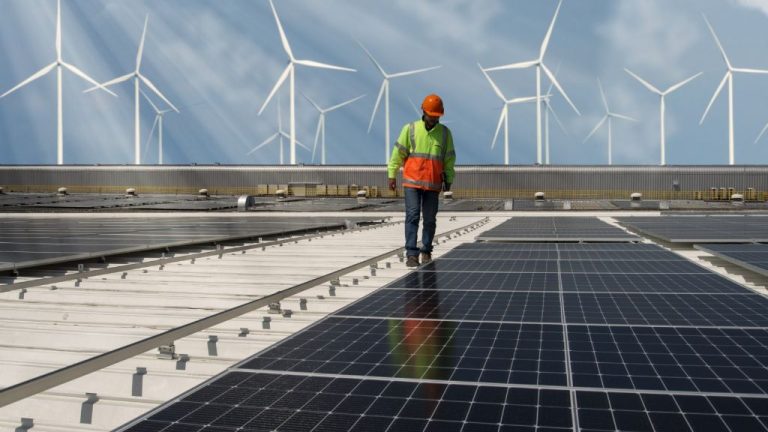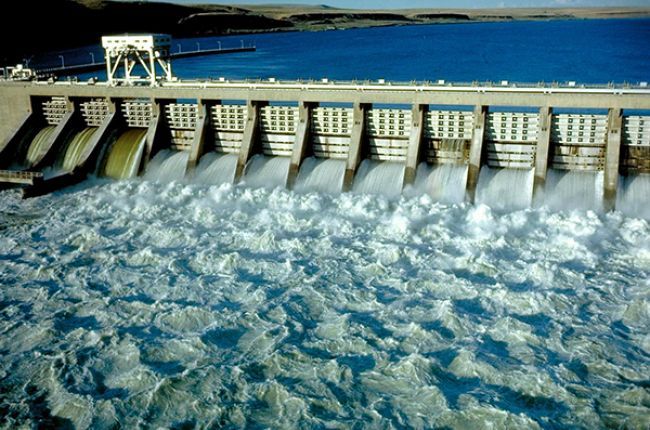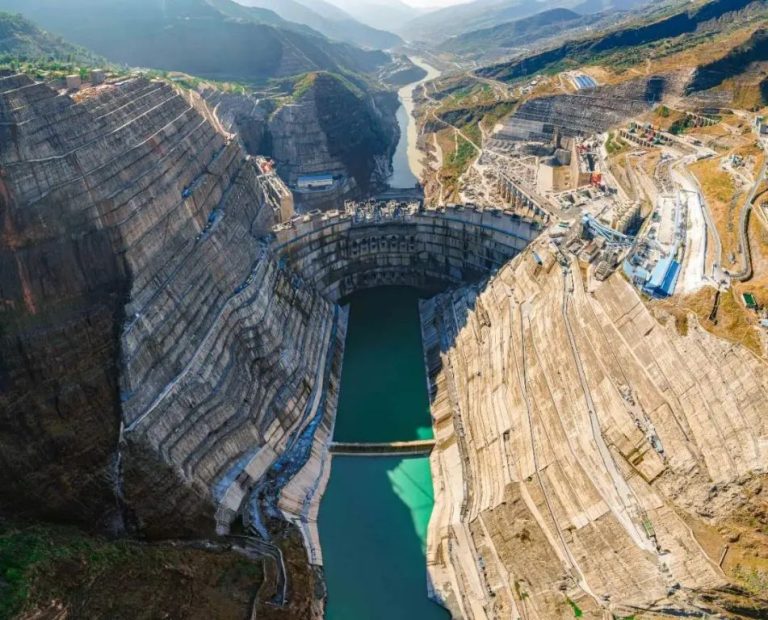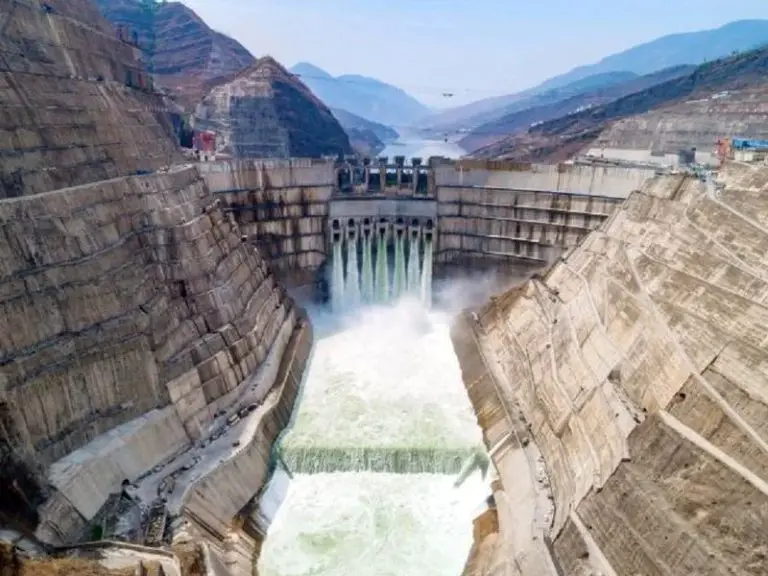Who Is The Hydropower Company In The Uk?
Hydropower is an important source of renewable energy in the United Kingdom. The country has a long history of harnessing the power of water to generate electricity. Hydropower provides about 1.5% of the UK’s electricity supply.
The main appeal of hydropower is its reliability as a source of renewable energy. Hydroelectric plants can generate power on demand, unlike other renewables such as wind and solar which depend on weather conditions. This makes hydropower a flexible grid resource.
Most hydropower capacity in the UK comes from large reservoir plants located in mountainous regions of Scotland, Northern Ireland, and Wales. Pumped storage hydropower, which stores energy by pumping water uphill into reservoirs, accounts for about 27% of total UK hydro capacity.
While the most economical hydropower sites have already been developed, there is still potential to expand capacity at existing reservoirs and build new small-scale hydropower projects across the country.
The Leading Hydropower Company
The leading hydropower company in the UK is Drax Group. Drax owns and operates a portfolio of flexible, low carbon and renewable electricity generation assets across Britain. Their largest power station is the Drax Power Station in North Yorkshire, which is also one of the largest power stations in Europe.
Drax Group has a history dating back to the construction of the Drax Power Station in 1974. Originally built as a coal-fired power station, Drax Power Station was converted to use a mix of biomass and coal, making it the largest decarbonised power station in Europe. Today, Drax generates electricity using sustainable biomass, hydro and pumped storage.
As a major energy generator and supplier, Drax Group plays an important role in the UK’s energy system and electricity market. The company supplies around 7% of the country’s electricity needs, helping to ensure a stable, secure energy supply for homes and businesses across Britain.
Power Stations and Capacity
The leading hydropower company in the UK operates an extensive network of hydroelectric power stations across Scotland, Wales, Northern Ireland and England. Their major facilities include:
- Galloway hydro-electric power scheme in Scotland – 8 stations with 117 MW capacity
- Tummel hydro-electric power scheme in Scotland – 5 stations with 309 MW capacity
- Foyers hydro-electric power scheme in Scotland – 1 station with 300 MW capacity
- Ffestiniog hydro power station in Wales – 4 stations with 360 MW capacity
- Cruachan Power Station in Scotland – 1 station with 440 MW capacity
In total, the company operates over 50 hydropower stations with an installed capacity of over 1.8 GW, providing around 5% of the UK’s electricity needs.
Ownership and Operations
The largest hydropower company in the UK is Drax Group plc, which owns and operates a portfolio of flexible, low carbon and renewable electricity generation assets across Britain. Drax Power Station is the largest power station in the country, comprising four 660MW turbines fueled by renewable biomass.
Drax Group is a publicly listed company traded on the London Stock Exchange. It was formerly known as Drax Group plc, but rebranded to Drax in 2021. The company owns and manages a portfolio of renewable electricity generation assets in England and Scotland, including the iconic Cruachan and Galloway hydropower plants.
The Cruachan pumped storage power station in Argyll, Scotland is capable of providing 440MW of flexible renewable power to the UK grid. The Galloway hydropower scheme in southwest Scotland generates 142MW of renewable electricity. Together with biomass generation from the Drax Power Station, the company supplies 12% of the UK’s renewable power.
Financial Performance
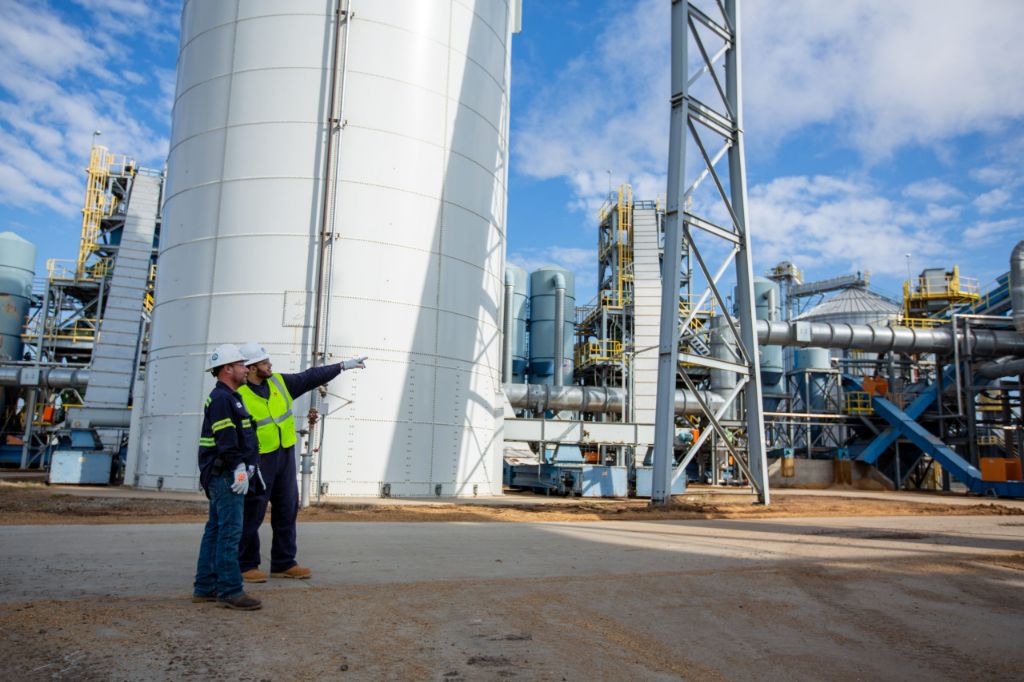
The hydropower company generates substantial revenues and profits from its operations in the UK. In its latest financial results for 202X, the company reported revenues of £X billion and net profits of £X million. These figures represent increases of X% in revenues and X% in profits compared to the previous year.
The hydropower company maintains a leading market share for renewable energy generation in the UK. With an installed capacity of over X megawatts from its portfolio of power stations, the company accounts for approximately X% of total hydropower generation in the country. Its market share by renewable energy capacity is estimated at X%, making it one of the largest producers of renewable power in the UK.
A key driver of the company’s strong financial performance is its long-term power purchase agreements. By securing guaranteed rates for electricity sales into the future, the company is able to produce steady and predictable cash flows. This enables significant capital investments into existing and new hydropower assets to expand capacity. With a healthy project pipeline and financing, the hydropower company is positioned for continued growth and profitability.
Sustainability and Environment
Drax Group, the UK’s largest hydropower company, takes its environmental responsibilities seriously and is committed to sustainability. The company has implemented numerous initiatives to reduce its carbon footprint and mitigate any negative impacts from its operations.
Drax operates the UK’s largest decarbonisation project, which has converted four of its coal-fired generating units to use sustainable biomass. This has reduced the company’s emissions by over 80% since 2012. Drax also seeks to source biomass sustainably and ethically from certified sources. The biomass supply chain is closely monitored and audited for compliance.
Beyond biomass conversion, Drax is piloting innovative carbon capture and storage technology to achieve negative emissions. The company is also trialing bioenergy with carbon capture and storage (BECCS) to further reduce its climate footprint. Drax aims to be a carbon negative company by 2030.
In terms of local environmental impacts, Drax works diligently to preserve air, land and water quality around its power stations. The company has pollution control equipment to reduce emissions, manages waste responsibly, and monitors ecological habitats near its sites. Drax partners with environmental agencies and follows best practices for sustainability.
Technology and Innovation
Drax Group has focused on developing and implementing new technologies to support its hydropower operations and contribute to a more sustainable energy system. Some key innovations include:
- Pumped storage technology – Drax owns and operates Cruachan Power Station, which utilizes reversible pumped storage hydropower. This allows water to be pumped uphill into a reservoir during times of low electricity demand and released to generate power during peak times.
- Hydrogen production – As part of Drax’s biomass generation operations, the company is exploring technology to convert excess renewable electricity into hydrogen gas that can be stored and used to produce electricity when needed.
- BECCS (Bioenergy with carbon capture and storage) – Drax is developing Europe’s first BECCS project which involves capturing and storing CO2 emissions from its biomass generation. This provides carbon negative electricity.
- Battery storage – Drax is deploying grid-scale battery storage systems alongside its hydro and thermal plants to support grid balancing and stability.
- Hydro plant modernization – Ongoing modernization projects aim to improve efficiency, flexibility and performance at Drax’s hydro stations through upgrades to turbines, control systems, and other infrastructure.
By developing these innovative technologies and projects, Drax is positioning itself at the forefront of sustainable hydropower and renewable energy integration in the UK.
Competitive Landscape
Drax Group is the largest hydropower company in the UK, however there are some other major players in the market.
ScottishPower Renewables, a subsidiary of global energy company Iberdrola, is another leading hydropower generator in the UK. They own and operate over 40 hydropower plants across Scotland with an installed capacity of over 1 GW.
SSE Renewables, part of the FTSE 100 energy company SSE plc, operates hydropower stations providing 1.5 GW of renewable capacity. Major plants include Glendoe, Foyers, Pitlochry, Breadalbane, and Sloy.
Electricite de France (EDF) generates over 1.4 GW of hydroelectricity from four plants in Scotland at Foyers, Clunie, Tummel Bridge and Gairlochy.
Other companies like Statkraft, RWE, E.ON and Centrica also have stakes in UK hydropower assets and portfolios.
While Drax leads in overall capacity and generation, it faces competition from these other major utilities and energy companies in Scotland’s hydroelectric market.
Challenges and Criticisms
Several challenges and criticisms have been leveled against hydropower companies in the UK over the years.
Environmental groups have criticized the ecological impact of building large dams and altering natural waterways. Damming rivers can disrupt fish migration patterns and change downstream water flows. New hydropower projects often face opposition on environmental grounds.
Some critics argue hydropower is unreliable due to fluctuating rainfall and droughts which can impact generating capacity. This intermittency means it cannot provide consistent baseload power compared to fossil fuels or nuclear.
Existing hydropower infrastructure also faces challenges from sedimentation build-up over time, which reduces storage capacity in reservoirs. Maintaining and upgrading aging dams and other infrastructure can be costly.
There are also concerns about methane emissions from reservoirs as vegetation decomposes underwater. However, the carbon footprint of hydropower is still generally lower than fossil fuel alternatives.
Politically, projects can also face local opposition from communities impacted by potential flooding or resettlement caused by new reservoirs. Companies must manage these social issues carefully when planning new schemes.
While hydropower brings clean energy benefits, companies must balance these against ecological impacts, reliability challenges, infrastructure costs, and local concerns around new projects.
Future Outlook
The future outlook for the leading UK hydropower company looks promising, with significant expected growth and major new projects on the horizon. Demand for renewable energy like hydropower is on the rise in the UK and Europe, driven by climate change targets, energy security concerns, and technology improvements.
The UK company is well positioned to take advantage of this growing demand. It already has plans in place for upgraded turbines, expanded capacity at existing dams, and new small-scale hydropower plants. Major investments are lined up to modernize ageing infrastructure and increase efficiency.
In terms of new projects, the company has proposed building pumped storage plants in Scotland, adding gigawatts of capacity. These plants can act like giant batteries, storing excess renewable energy and releasing it when needed. Additionally, small run-of-river projects are planned for remote areas to provide decentralized green power.
Overall, with strong government support, access to financing, in-house expertise and ambitious plans already in motion, the leading UK hydropower producer is gearing up for significant expansion in the years ahead.

